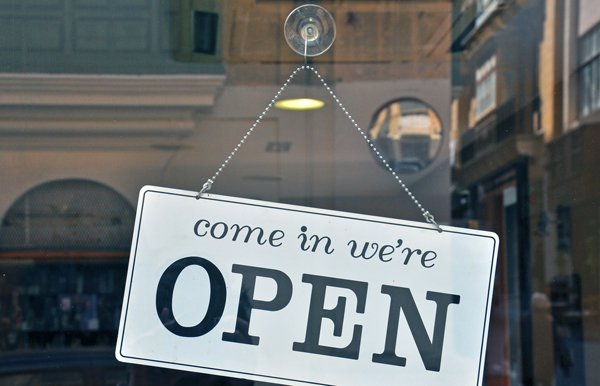You understand the value of having verified online business listings, so you’ve gone ahead and claimed your profile. (If someone else has already snagged your account, check out our article on how to handle this common problem.)
The next step is to make sure your listing features all the necessary information for your audience’s benefit, so they know what your company is and how to find you. Here’s a checklist of 10 critical details:
1. Business Name
Hey, don’t laugh. Some people forget this step. According to a Search Engine Land survey, the second most common mistake with business listings is an incorrect or missing business name. Double check your business name—the real-world business name—on your verified listing. Your business name should match the name used on your website, office signs, stationery, and anywhere else your name appears.
2. Operating Hours

People won’t visit your business if they don’t know when you’re open. List the hours and days you’re open as well as holidays and other days when your business will be closed. Don’t forget to update the listing if there’s been a change in your operating schedule.
3. Address
At least 43% of U.S. businesses have had an incorrect or missing address on a listing. As with your business name, double check to make sure that your physical address is accurate. If your company has more than one location, be sure to include those addresses in your listing.
4. Directions
Even if customers have your address, they might not know your area well. So include directions to your business by adding a Google Map embed to make it more convenient for your customers to find your location.
5. Contact Information

Your listing might not answer all your customers’ questions. Be sure to include your email address and phone number so they have different options to reach you. If possible, share both a local phone number and a toll-free option for long-distance callers.
6. Categories
To help your business appear in relevant online searches, be sure to choose the most accurate categories for your company. The more specific, the better. If you’re in charge of marketing a restaurant chain, clarify what type of restaurant it is—Greek, Mexican, Japanese, etc. If you’re promoting a retail company, mention whether it’s a boutique, children’s clothing, or shoe store.
7. Product Information
Include information about your product so customers know what to expect from your company. But be specific. For example, don’t just say you sell pizza, say your pizza is made with 100% organic, locally sourced ingredients. And make sure to mention if you have gluten-free options. If you have a plumbing company, let customers know you have 24-hour emergency services. Whatever you’re in charge of marketing, consider what crucial information your customers need to know about your product or services that sets you apart from your competitors.
8. Site Links
You can’t include all the information you’d like on your Google My Business listing, so instead, add a link to your website. That gives customers the chance to find out more about your business on their own. If you have any social media accounts, don’t forget to add links to those platforms as well.
9. Accepted Payments

Ever gone to a business thinking they accept credit cards only to find out at the cash register that they don’t? It’s frustrating. Avoid confusion by telling your audience what methods of payment you accept.
10. Photos
Visuals make a strong impression. Include interior and exterior shots of your physical location, to make it easier for local customers to identify your business and to entice them through the door.
Now go ahead and optimize your business profile. Want a more in-depth look at building your online presence? Check out our Complete Guide to Online Listings!
Top image credit: GaudiLab/Shutterstock
Alex is Connectivity’s VP of Marketing and Client Services

